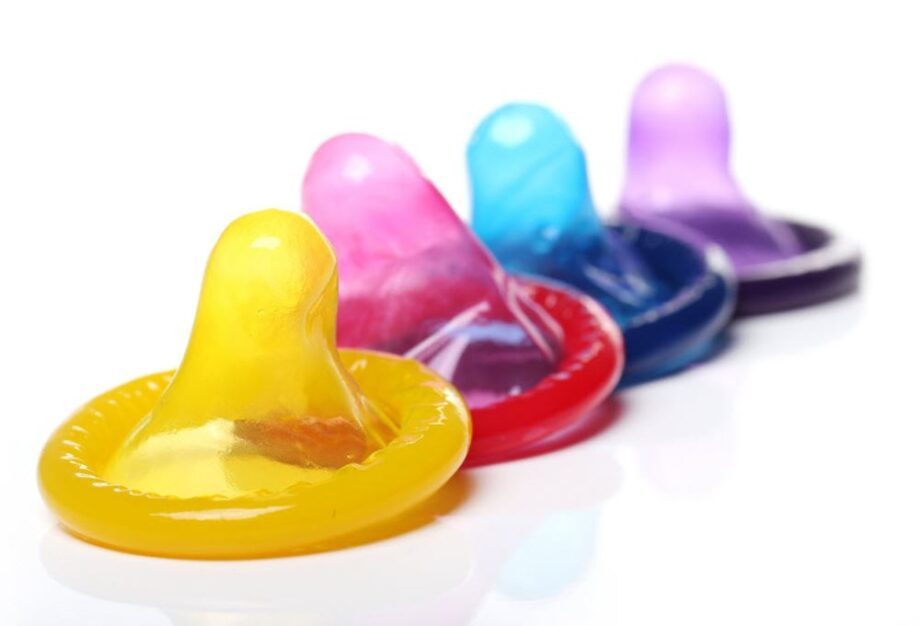Condoms may not be the sexiest form of birth control out there, but there's a reason why they're probably the most common - and longest standing - contraception: They're simple, they're safe, they're cheap and they work. So, while all kinds of new and interesting forms of contraception continue to emerge, we think the condom deserves a little recognition for continuing to be a dependable, accessible go-to for safer sex. Here are 20 fascinating facts about condoms that you may not know.
Despite new innovations in contraception, condoms remain a safe, simple and effective option.
Advertisement
- When it comes to HIV, condoms make sex 10,000 times safer than not using a condom.
- Condoms have been around for thousands of years. The earliest known depiction of one is in a painting on a cave wall in France that's estimated to be 12,000-15,000 years old.
- When condoms are applied correctly and used consistently, they are 98% effective against pregnancy.
- Only 35% of American high school students are taught how to apply a condom correctly in health class.
- Most condom failure occurs as a result of user error, including putting a condom on upside down and then turning it over, taking the condom off too soon, putting a condom on too late, opening the package with a sharp object or using an oil-based lubricant.
- Condoms are a strictly regulated Class II Medical Device that must meet FDA standards. They are tested electronically for holes and are inflated to test strength.
- According to LELO's Global Sex Survey, 86% of people have not changed their preferred brand of condoms in the last year.
- Many people do not like condoms. Only about 5% of males use condoms worldwide.
- There has been very little innovation in condoms over the years. The rolled latex condom was introduced in the 1920s; only minor changes have been made to it since.
- 45% of men and 63% of women who have sex with "a new acquaintance" report not using a condom.
- The first condoms were made from the intestinal linings of animals. Sausage makers in Europe often sold condoms as a side business.
- Condoms have a shelf life of about four years when stored in a cool, dry place.
- Women purchase about 40% of condoms sold in the United States.
- Some condoms come coated in spermicide called nonoxynol-9. These are not recommended for STI prevention because it can irritate delicate tissues, increasing the risk of sexually transmitted diseases.
- The average condom can hold as much as a gallon of liquid.
- The Danish word for condom is svangerskabsforebyggendemiddel. Yes, really. Thankfully, the more common name is gummimand, which translates as "rubber man."
- The world's largest condom is 260 feet tall, 360 feet around.
- Using a condom can help maintain the vagina's natural bacterial flora, reducing itching and minor infections.
- The world's largest condom maker is Karex Industries, which is headquartered in Malaysia.
Advertisement
Advertisement





